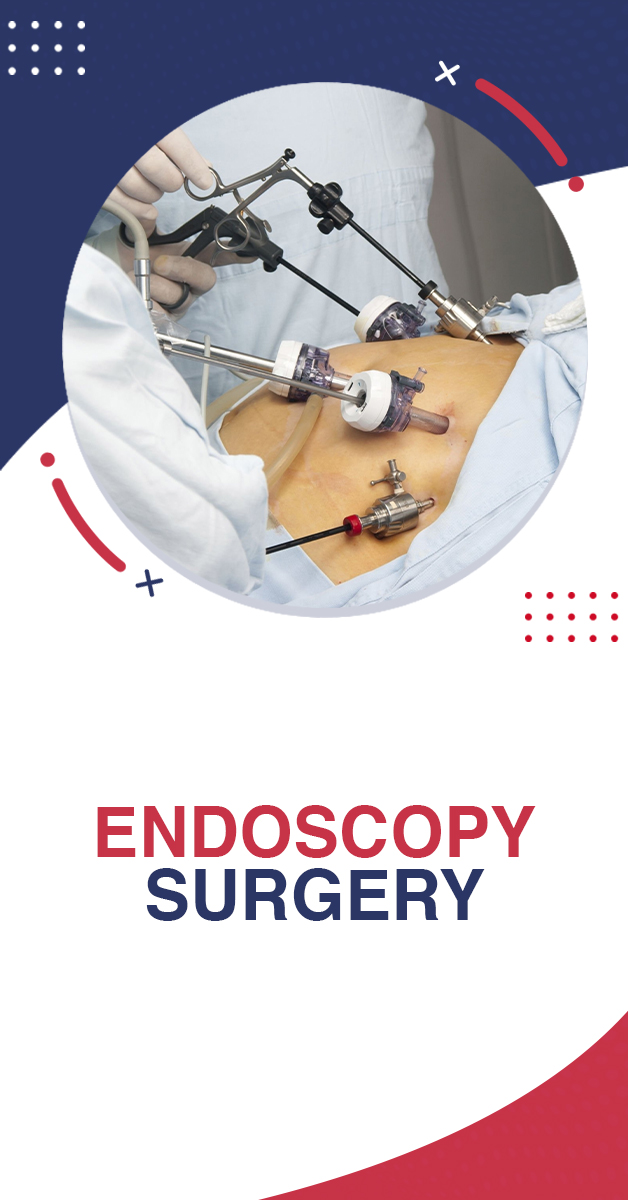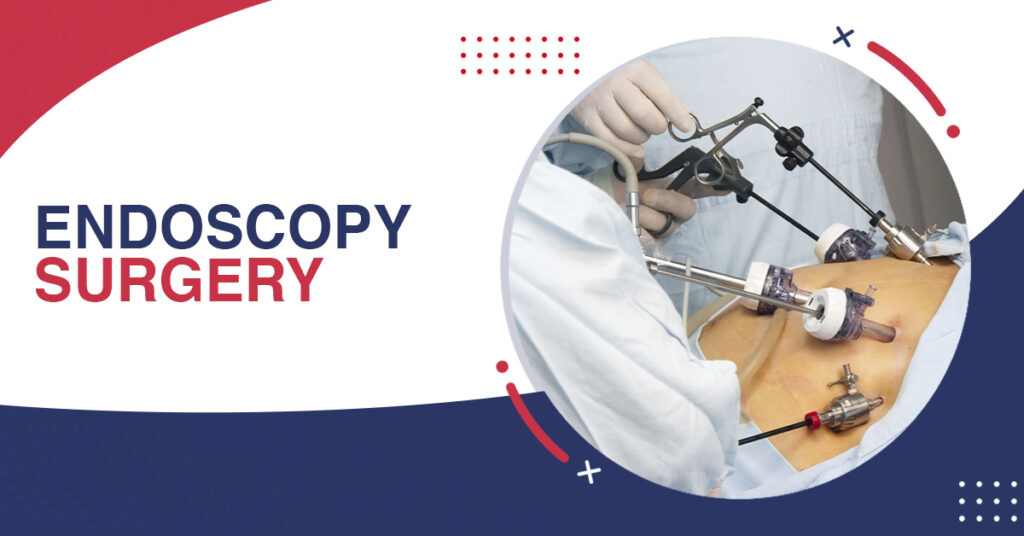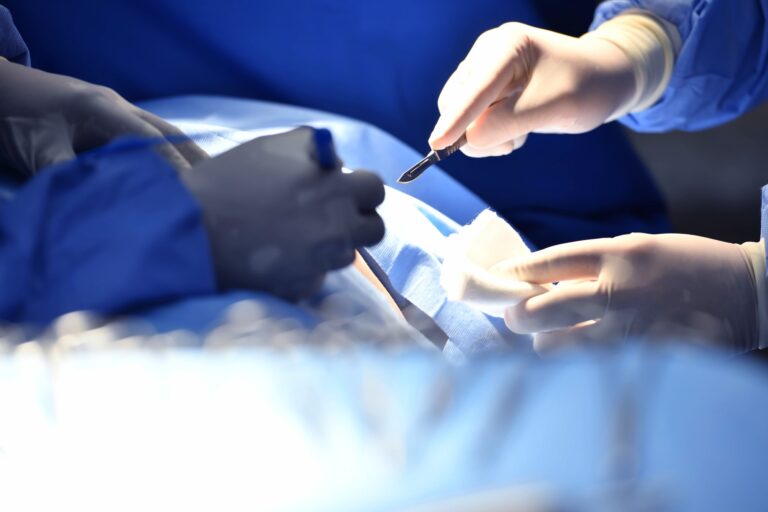


Endoscopy Surgery
Endoscopy procedure uses an endoscope to examine the interior of a hollow organ or cavity of the body. Unlike many other medical imaging techniques, endoscopes are inserted directly into the organ.
A patient may be fully conscious or anaesthetized during the procedure. Most often the term endoscopy is used to refer to an examination of the upper part of the gastrointestinal tract, known as an O.G.D scopy (Oesophagogastroduodenoscopy)
Gastrointestinal tract:
- Oesophagus, stomach, and duodenum (O.G.D scopy)
- Small intestine (enteroscopy)
- Large intestine (colonoscopy)
- Rectum and Sigmoid colom (Sigmoidscopy)
- Anus (anoscopy)
Respiratory tract: Nose (rhinoscopy) and lower respiratory tract (bronchoscopy)
Female reproductive tract: Cervix (colposcopy) and uterus (hysteroscopy)
Through a small incision: An Abdominal or pelvic cavity (laparoscopy), interior of a joint (arthroscopy), organs of the chest (thoracoscopy and mediastinoscopy)

